During his time in Ethiopia, New York-based art director and photographer Diego Arroyo spent time with the Hamar, Mursi, Dassanech, and Arbore Tribes. They, along with several others tribes, make up the 200,000 people situated in Africa’s Great Rift Valley. The people of the Omo Valley are still primarily herders and farmers, living an isolated and simple life. While they have yet to be truly touched by globalization, they could soon disappear. Their way of life is being threatened by a massive hydroelectric dam.
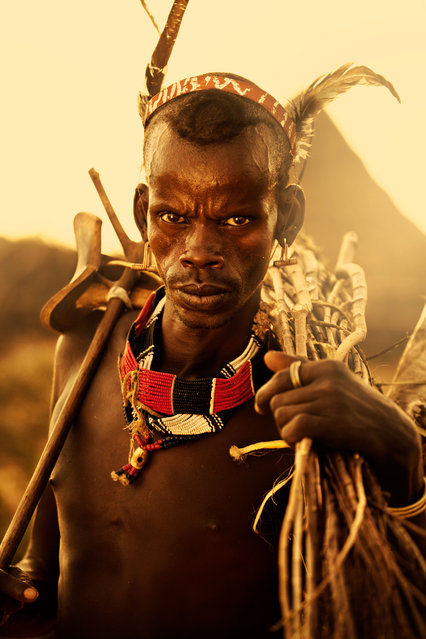
Cattle are at the center of Omo Valley tribal life. Men take care of the cattle and a tribesman's wealth is measured by the size of his herd. (Photo by Diego Arroyo)
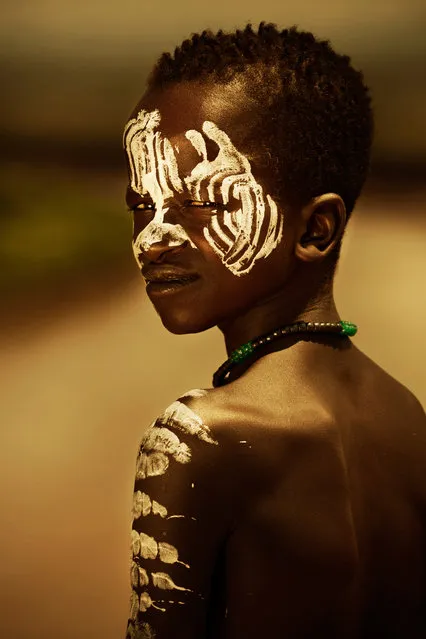
Mursi people, like many in the Omo Valley, paint their bodies using clay. The paint protects against sunburns, indicates how virile they are to women, how intimidating they are to other men, and supposedly wards off evil and disease. (Photo by Diego Arroyo)
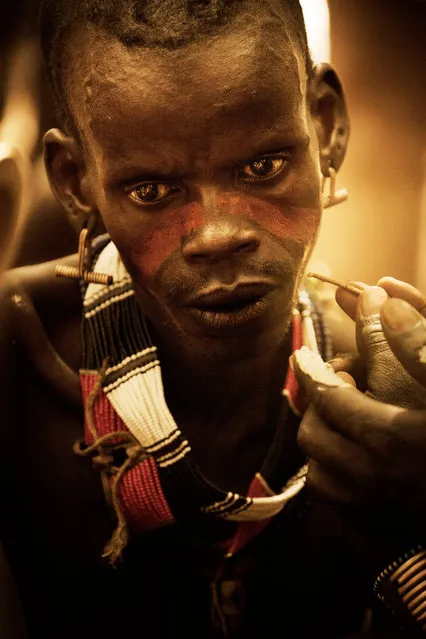
Using only the clay, they can make face paint that is ocher, red, yellow, white, and grey. They usually apply the paint with fingers, but occasionally use reeds as paintbrushes. (Photo by Diego Arroyo)
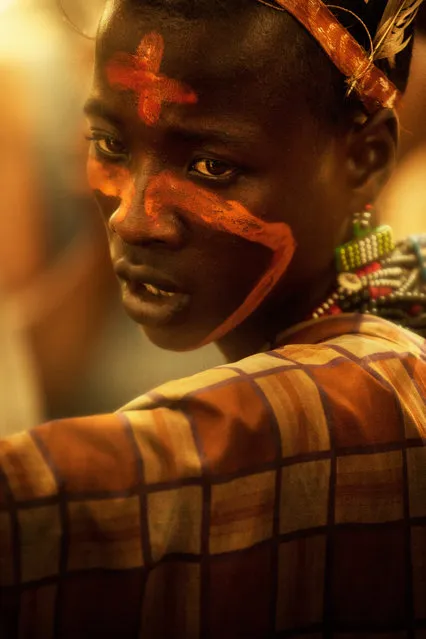
The women fetch water and wood, cook for the family, and take care of the kids. (Photo by Diego Arroyo)
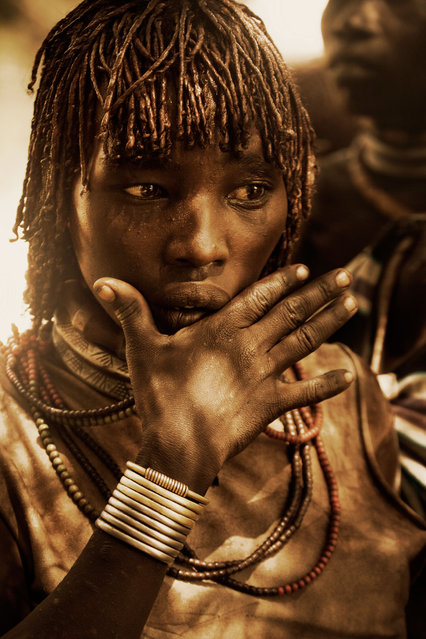
The Hamar people traditionally use red ocher clay to braid the hair of their women. (Photo by Diego Arroyo)
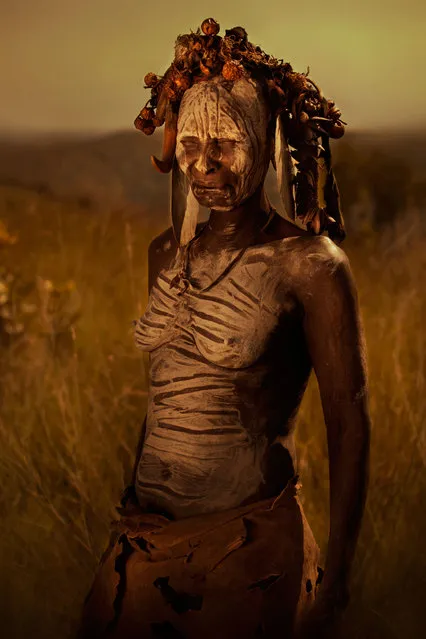
Women of the Omo Valley tribes wear headdresses made out of corn husks, gourds, feathers, and other plants. (Photo by Diego Arroyo)
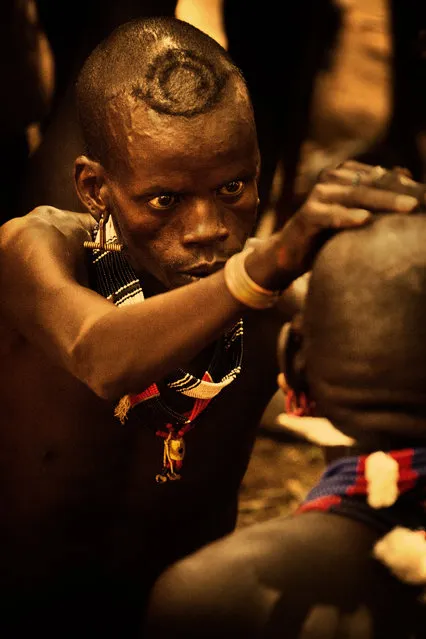
Men and women both wear colourful jewelry and often carve intricate designs into their bodies using thorns. (Photo by Diego Arroyo)
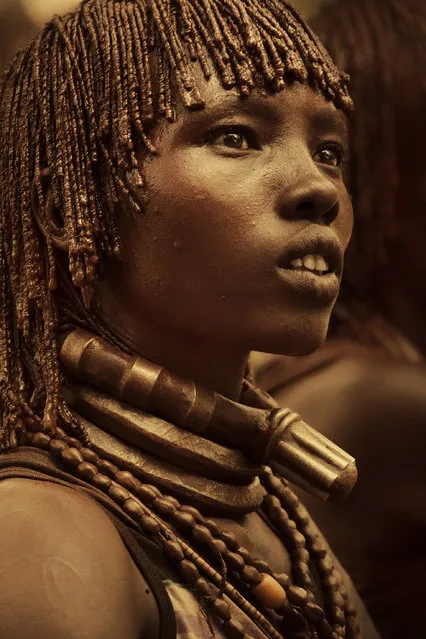
Neck rings can indicate if a women is a first or second wife. Hamar men often have more than one wife. (Photo by Diego Arroyo)
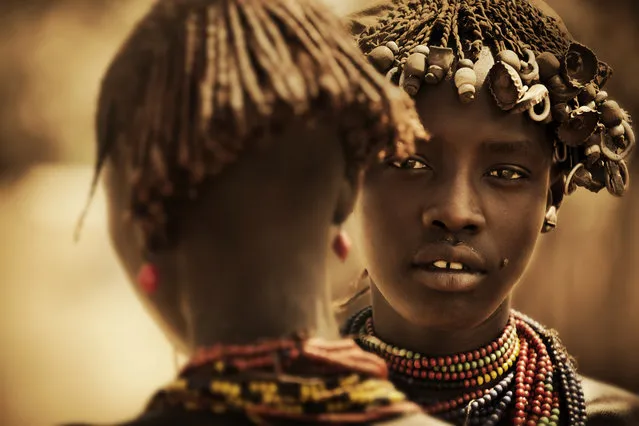
In order to marry, men pay a dowry price of cattle and goats. (Photo by Diego Arroyo)
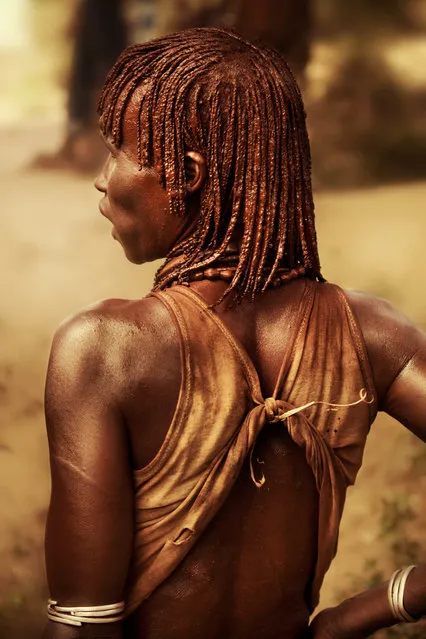
Hamar women are beaten with canes by the tribe's men during their brothers' initiation ceremonies. The women consider the beatings a source of pride. (Photo by Diego Arroyo)
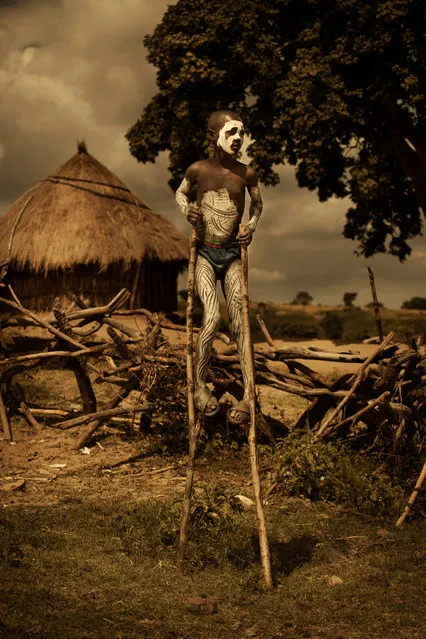
Many Mursi boys perform acrobatics on stilts when tourists come by, as a means of making extra money. (Photo by Diego Arroyo)
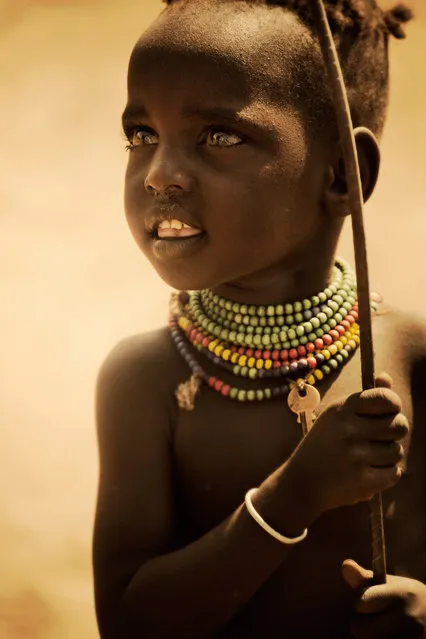
The Hamar tribe practices ritual infanticide. If a child's first tooth appears in the upper jaw, instead of the lower, he or she is “mingi” and considered to be bad luck. The tribe leaves “mingi” children in the desert to die. (Photo by Diego Arroyo)
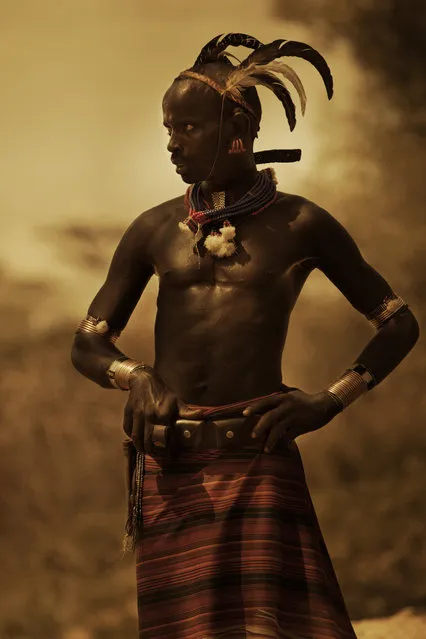
Before a Mursi man can marry, he must face an opponent in a stick battle. Whoever wins is then taken by a group of women to determine who he marries. (Photo by Diego Arroyo)
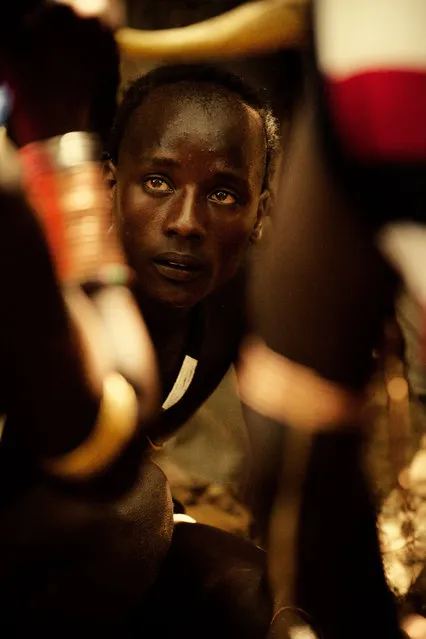
The way of the Omo valley tribes are being threatened. Their homes are being destroyed by sugarcane plantations and the development of a massive hydroelectric dam. (Photo by Diego Arroyo)
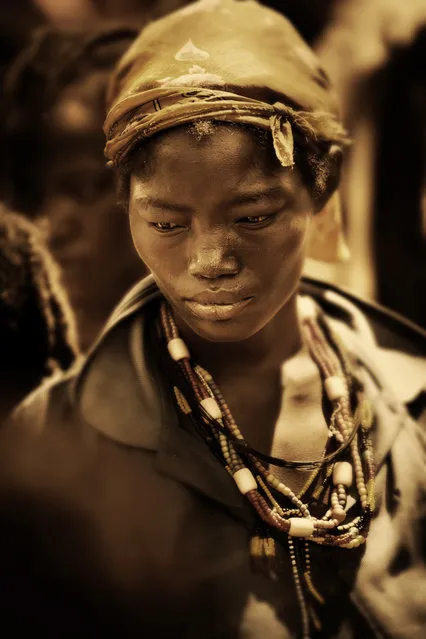
The Arbore tribe believes that, with singing and dancing, they eliminate negative energy and cause the tribe to prosper. (Photo by Diego Arroyo)
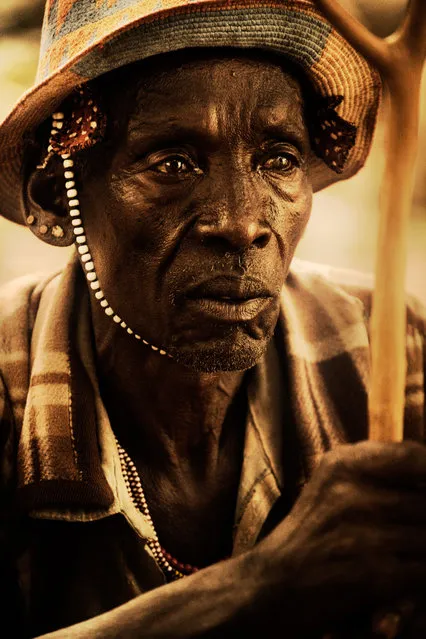
One tribeswoman told Survival International, “The government says cattle and people have to move from the Omo valley to where there is no grass and no crops. So that means we and the cattle will die together”. (Photo by Diego Arroyo)
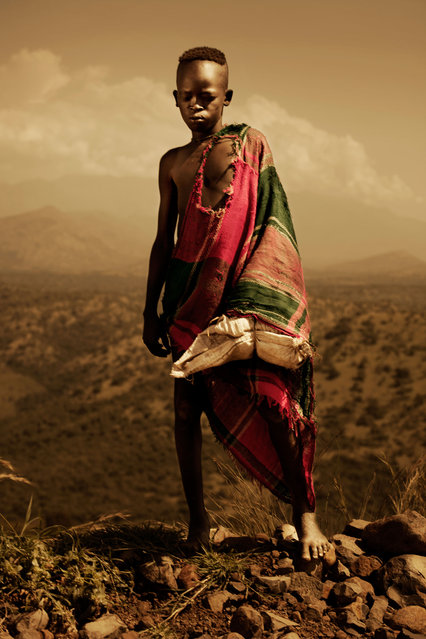
Omo Valley children that go to school are required to wear uniforms instead of tribal clothes. (Photo by Diego Arroyo)
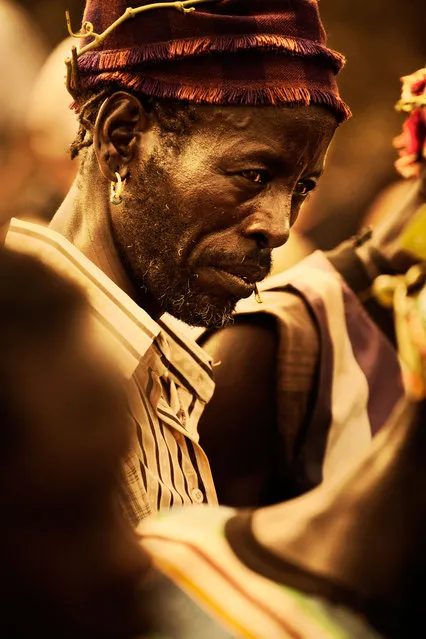
Some men have begun to wear western clothes. (Photo by Diego Arroyo)
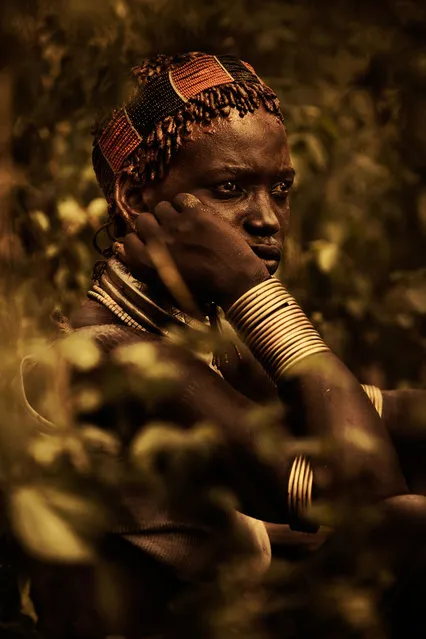
Strong cheap alcohol is being trucked into the Omo River Valley and excessive drinking is becoming a problem in the tribes. (Photo by Diego Arroyo)
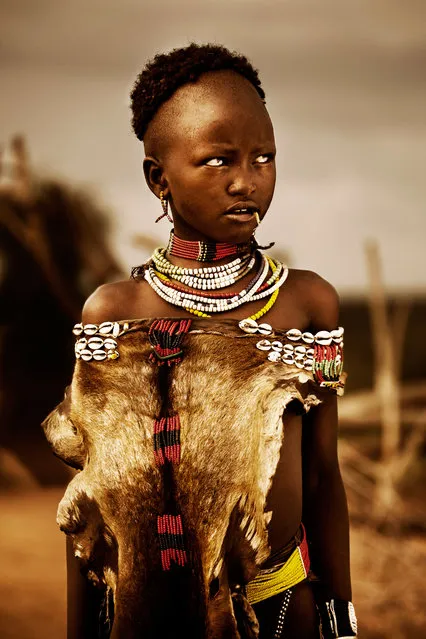
Growing numbers of people from the Omo River Valley are migrating to the region's cities and the Ethiopian capital of Addis Ababa. (Photo by Diego Arroyo)
13 Aug 2014 10:00:00,
post received
0 comments
